
Getting over the drudgery of winter can be tough; even if you’re lucky enough to have a classroom with windows, the view outside is grody (you heard me) and the sunlight feels almost colder than the fluorescence of the room lights. For me, the best cure (besides squinting) to get through the cold white season has always been to bury myself in one of the most enjoyable aspects of teaching:
Innovation.
My PLC likes to busy itself updating, modifying, and re-imagining everything in our curriculum. Yes, we do this yearly. For fun. And because it’s best practice.
The Risk of the Rut
Routine can be good–for kids and for teachers–but it can also become a rut really quickly. Ruts in education sometimes get so deep that it isn’t just our wheels getting stuck in them. They can get so deep that we can’t even see over the edges to look for other possibilities.
When you devote some of your time each week to innovative thinking, you find that being creative and exploring new possible content and activities for your class are pretty good substitutes for sunshine. I mean…except for all the things sunshine actually does.
How to Avoid the Rut
Here’s how my PLC tends to spend the cold months:
- Read like crazy. If you don’t already do independent reading in class, add it! Discovering new books to share with your students is a fantastic way to refresh your own interests and connect with your readers.
- Look for connections in the world–and stay connected to it. Nothing freshens up a stale unit like some current reading. What are your favorite websites for pleasure reading? For keeping up on the news? Pop culture?
- Use Twitter. If you haven’t already connected with the infinite treasure trove of fellow educators and resources on this social platform, now’s the time to get your feet wet. While the site can take a few days to get used to, you can explore completely passively, unlike on sites like Facebook where you have to “friend” other people just to see their thoughts.
- Write. It doesn’t matter what, just get back into the practice you spend so much time teaching your students! If you’re feeling ambitious, reach out to a favorite blog or organization and see if you could write a guest-post for them. Maybe keep a journal–or better yet, write the assignments you’re giving your kids right alongside them (sounds almost like a book title I’m rather fond of).
- Try something crazy. Give one day in your unit to the sort of lesson that only those maniacs on Pinterest would ever actually try doing in their classroom! Make up a game, get the kids moving, let them decide how to approach the next day’s discussion–break out of the routine and see if the energy doesn’t change.
Spring is coming soon enough, and once the air smells like blossoms and freedom, we start to think more about summer than about our unit plans. That’s okay–so do the kids. But it’s all the more reason to dedicate some time to re-energizing yourself with a bit of classroom innovation to distract everybody from that muddy, melty view out the classroom windows.
 Michael Ziegler (@ZigThinks) is a Content Area Leader and teacher at Novi High School. This is his 15th year in the classroom. He teaches 11th Grade English and IB Theory of Knowledge. He also coaches JV Girls Soccer and has spent time as a Creative Writing Club sponsor, Poetry Slam team coach, AdvancEd Chair, and Boys JV Soccer Coach. He did his undergraduate work at the University of Michigan, majoring in English, and earned his Masters in Administration from Michigan State University.
Michael Ziegler (@ZigThinks) is a Content Area Leader and teacher at Novi High School. This is his 15th year in the classroom. He teaches 11th Grade English and IB Theory of Knowledge. He also coaches JV Girls Soccer and has spent time as a Creative Writing Club sponsor, Poetry Slam team coach, AdvancEd Chair, and Boys JV Soccer Coach. He did his undergraduate work at the University of Michigan, majoring in English, and earned his Masters in Administration from Michigan State University.


 Megan Kortlandt
Megan Kortlandt About 17 percent of new teachers will leave the profession in their first five years,
About 17 percent of new teachers will leave the profession in their first five years,  Lauren Nizol (
Lauren Nizol (
 Beth Rogers (
Beth Rogers (
 Hattie Maguire (
Hattie Maguire ( ‘Tis the season . . . for professional learning! Conferences, early releases, and late-start days; inspiring speakers, intense conversations–and then we return back to our students and apply the lessons. It’s one last big push to propel us to the end of the school year.
‘Tis the season . . . for professional learning! Conferences, early releases, and late-start days; inspiring speakers, intense conversations–and then we return back to our students and apply the lessons. It’s one last big push to propel us to the end of the school year. Consolidating big ideas and notes into a Google Doc. Learners’ block! We were paralyzed and couldn’t decide what was important to tackle first. We agreed to wait a week and then to revisit our notes. Additionally, mid-year reassessments were in full swing. And so with data in hand, it was much easier to focus and prioritize what to put into action. This also meant we would have to let some things go for now.
Consolidating big ideas and notes into a Google Doc. Learners’ block! We were paralyzed and couldn’t decide what was important to tackle first. We agreed to wait a week and then to revisit our notes. Additionally, mid-year reassessments were in full swing. And so with data in hand, it was much easier to focus and prioritize what to put into action. This also meant we would have to let some things go for now.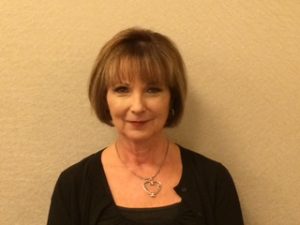 Lynn Mangold Newmyer has been an educator for 42 years. She is a Reading Recovery Teacher Leader and an Elementary Literacy Coach in the Walled Lake Consolidated School district. Lynn has presented at state, national, and international conferences and has taught graduate classes at Oakland University. She currently teaches her students at Loon Lake Elementary. Lynn emphatically believes that you can never own too many picture books. You can follow her on Twitter at
Lynn Mangold Newmyer has been an educator for 42 years. She is a Reading Recovery Teacher Leader and an Elementary Literacy Coach in the Walled Lake Consolidated School district. Lynn has presented at state, national, and international conferences and has taught graduate classes at Oakland University. She currently teaches her students at Loon Lake Elementary. Lynn emphatically believes that you can never own too many picture books. You can follow her on Twitter at 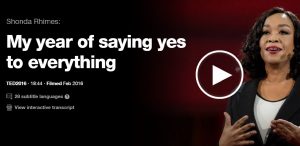
 Rick Kreinbring (
Rick Kreinbring (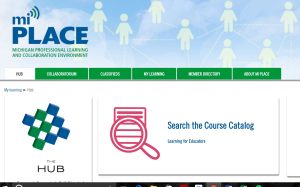 The best professional development has to inspire me, engage me, and challenge me to try something new. Some of my favorite conferences have been
The best professional development has to inspire me, engage me, and challenge me to try something new. Some of my favorite conferences have been 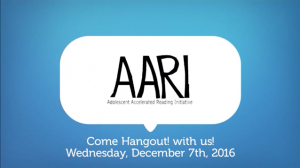 Come Hangout!
Come Hangout!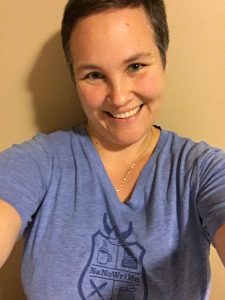 Caroline Thompson (
Caroline Thompson (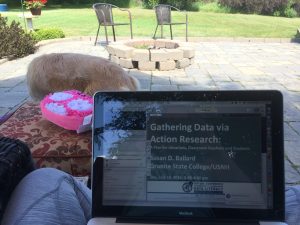
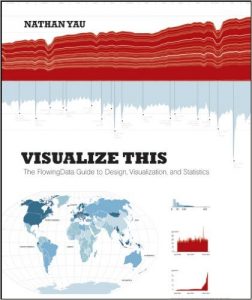
 Jianna Taylor (
Jianna Taylor (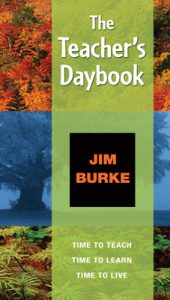 My daughter is turning three and my house is a disaster area. There is papier mâché residue on the carpet and ceiling from the piñata we decided to make today. The sink is piled high with half-filled milk cups I haven’t gotten around to emptying.
My daughter is turning three and my house is a disaster area. There is papier mâché residue on the carpet and ceiling from the piñata we decided to make today. The sink is piled high with half-filled milk cups I haven’t gotten around to emptying.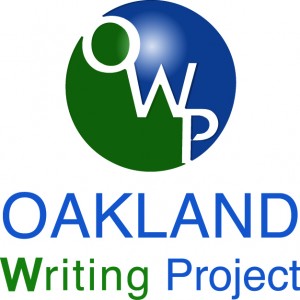 Something I miss from my teaching years is the opportunity each new school year afforded me to try something new. Maybe it was something small, like a new desk arrangement. Maybe it was something big, like the
Something I miss from my teaching years is the opportunity each new school year afforded me to try something new. Maybe it was something small, like a new desk arrangement. Maybe it was something big, like the 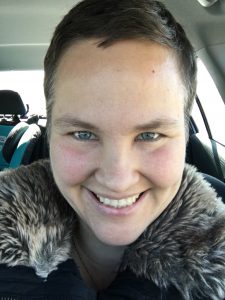 Caroline Thompson (
Caroline Thompson (